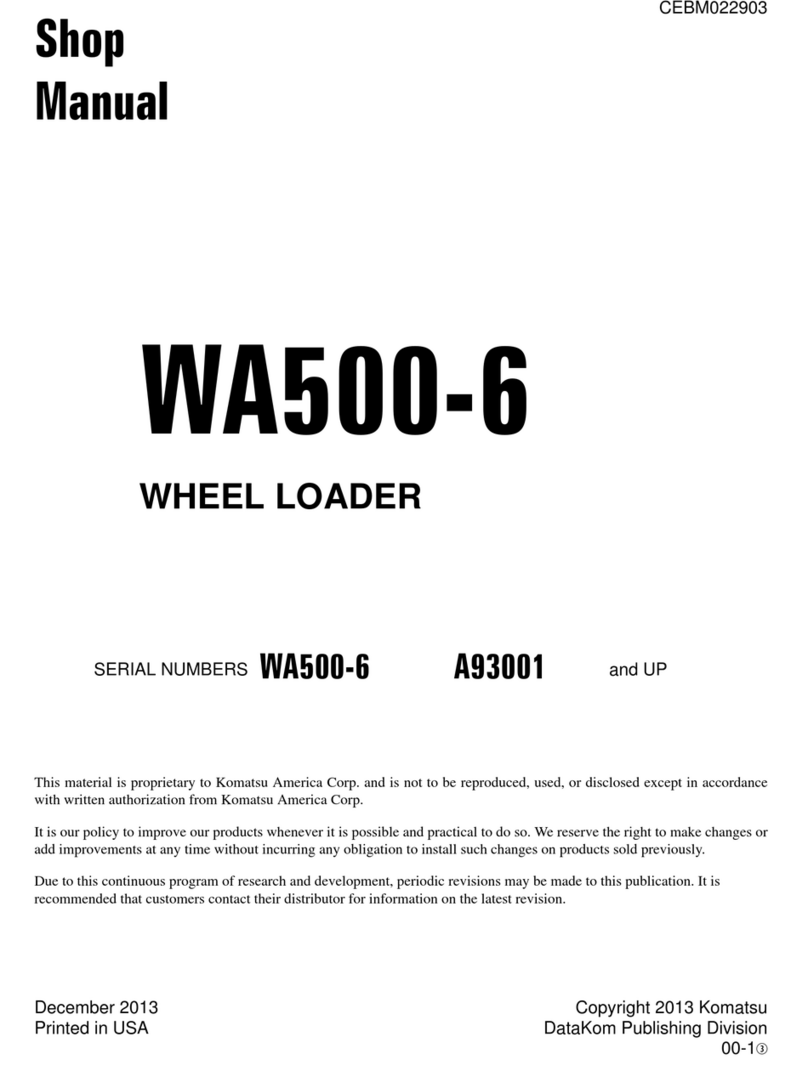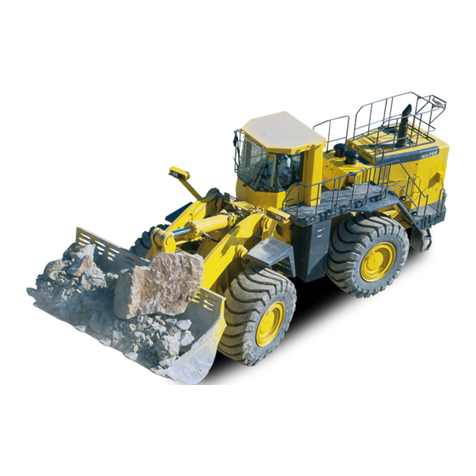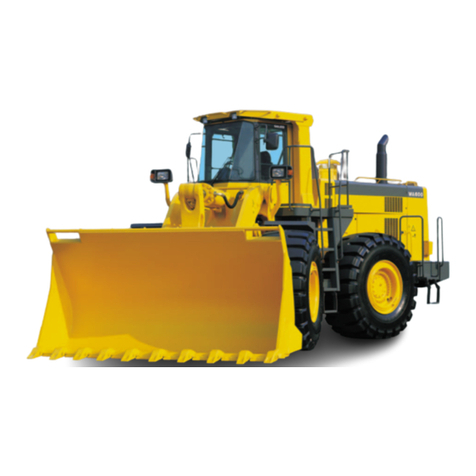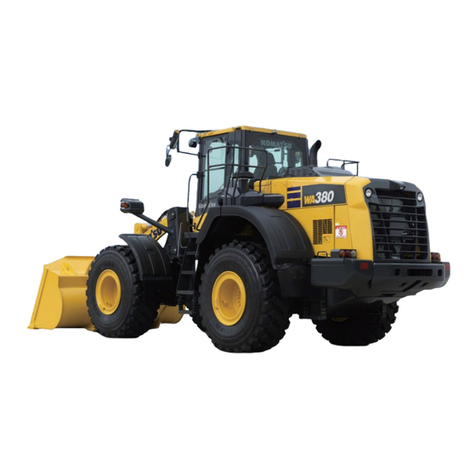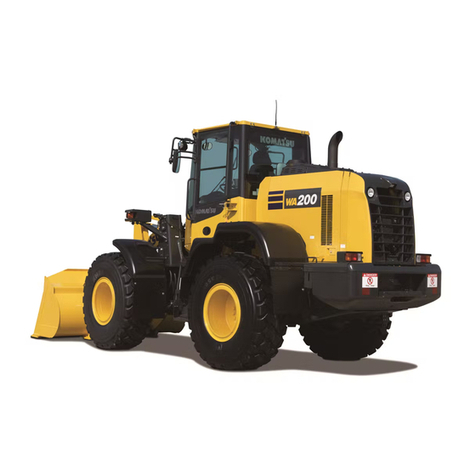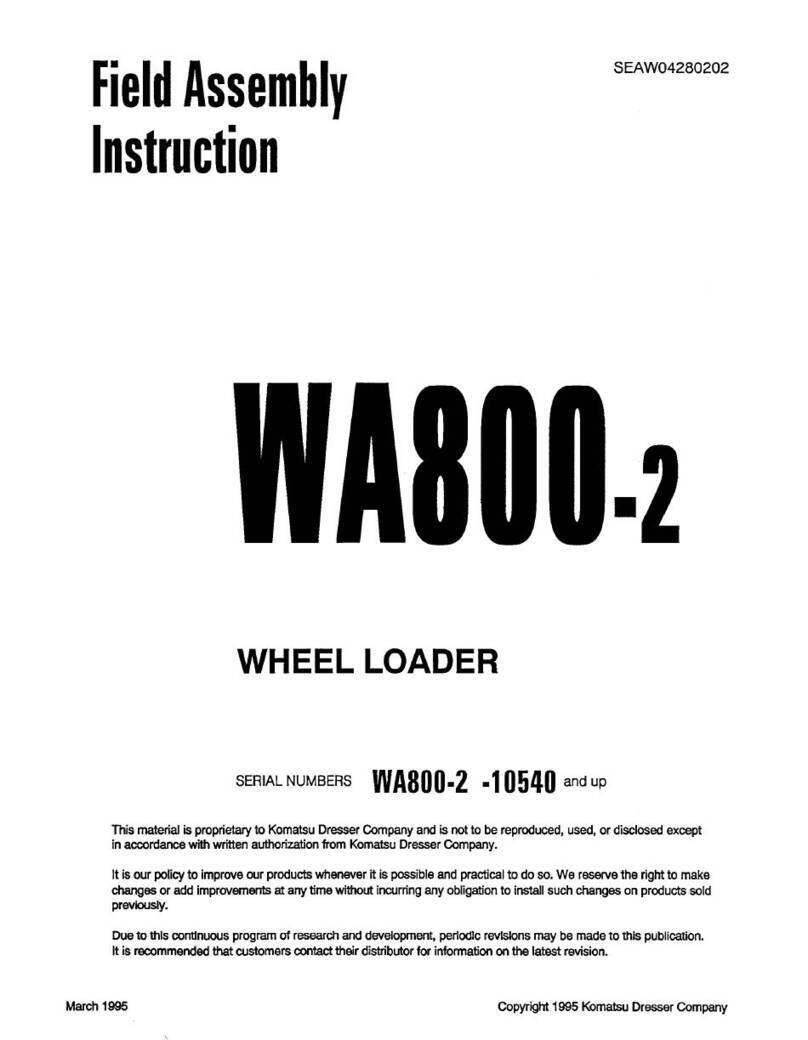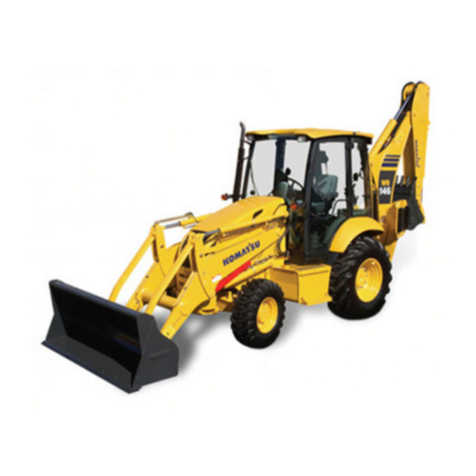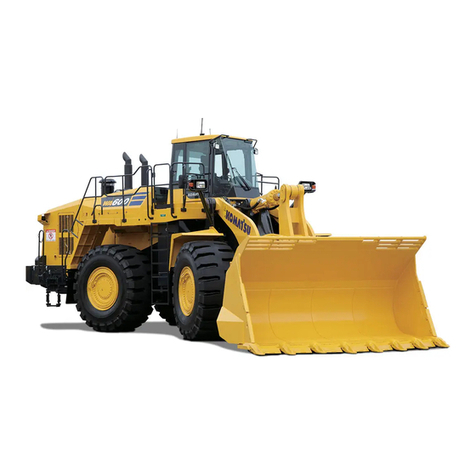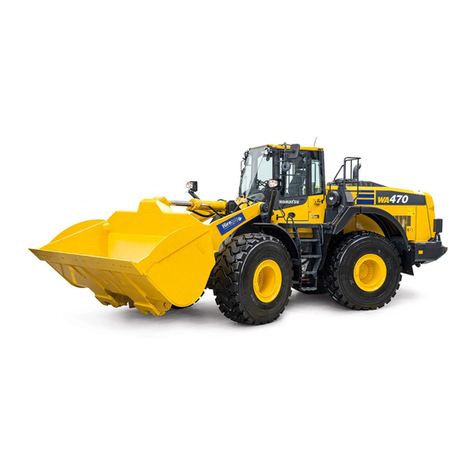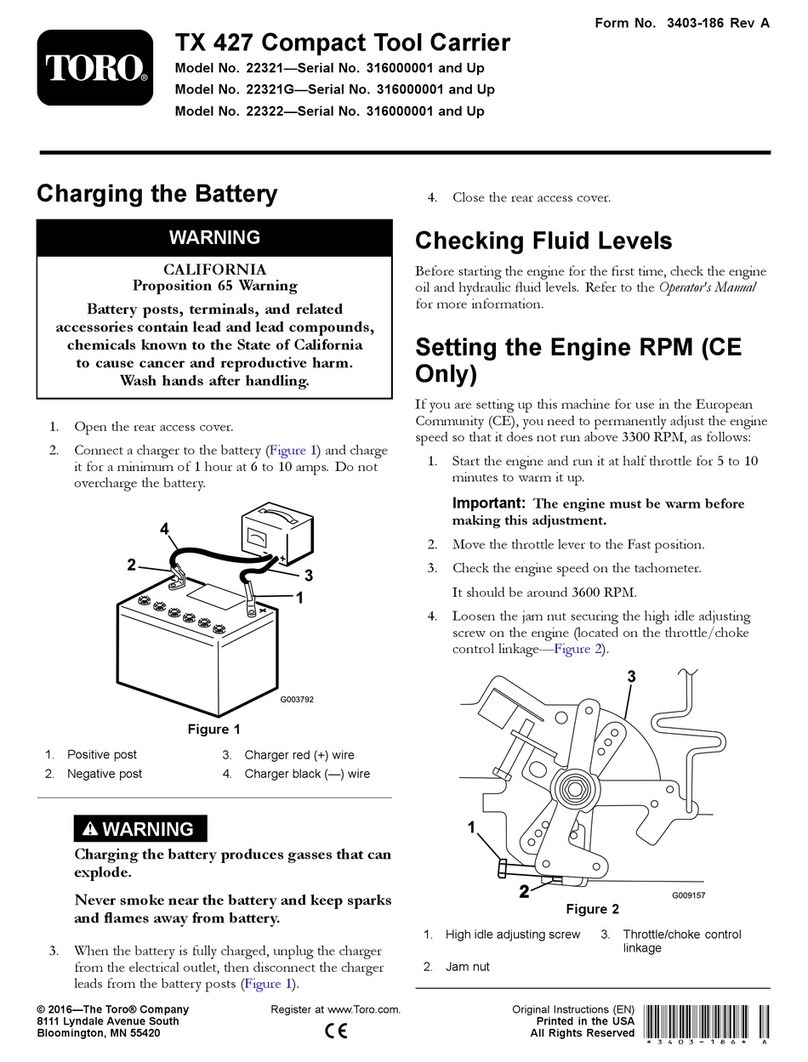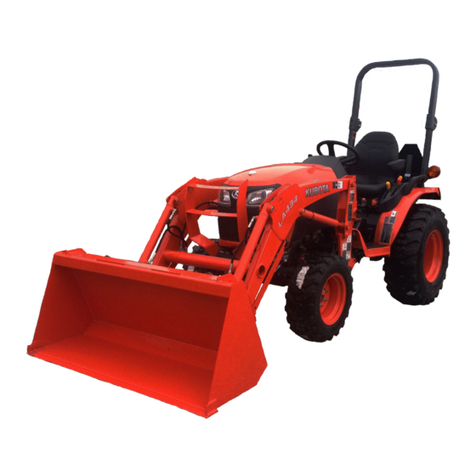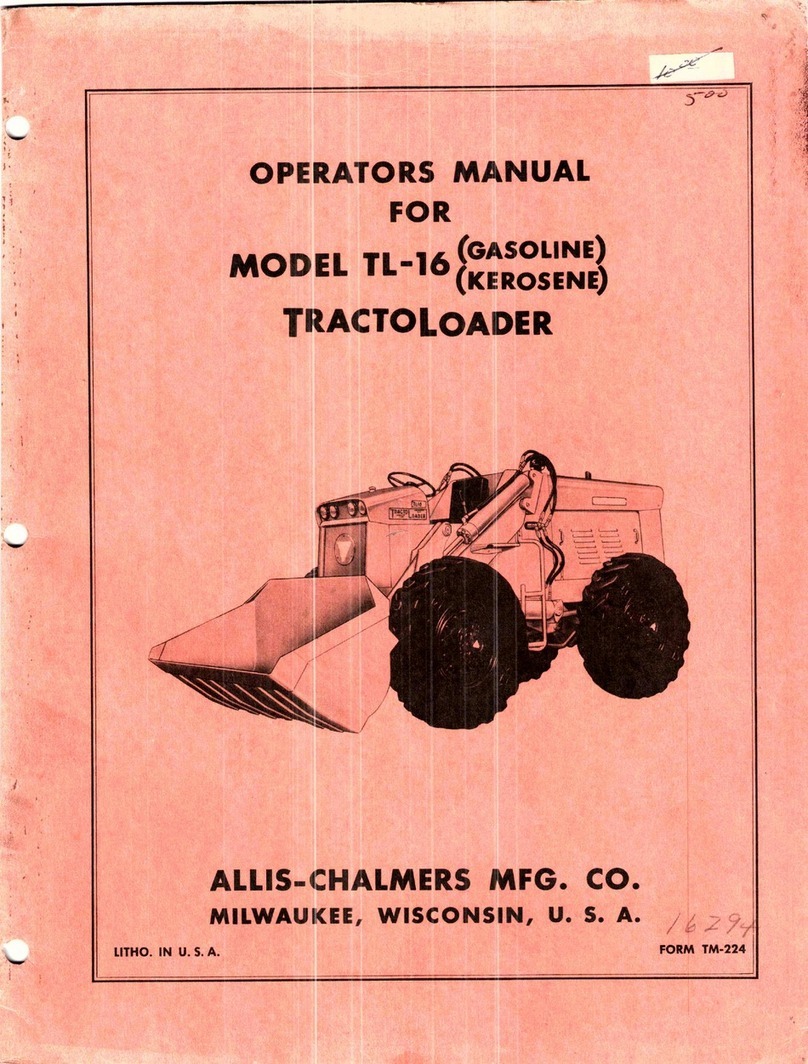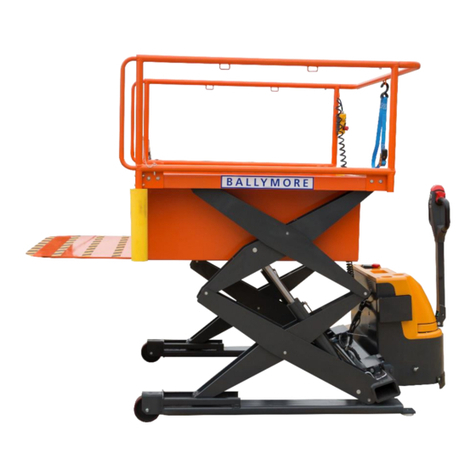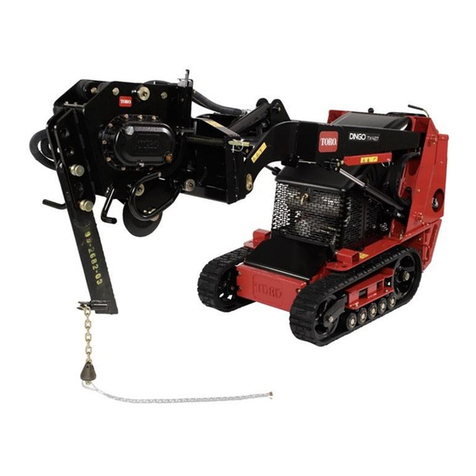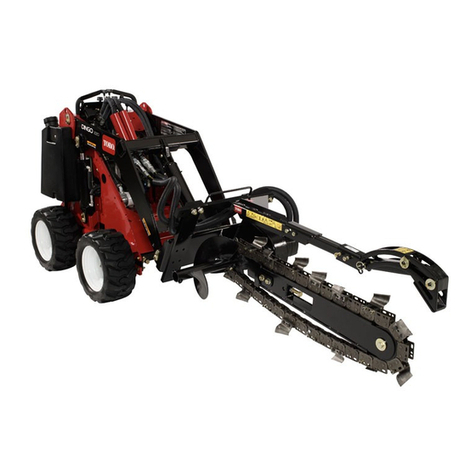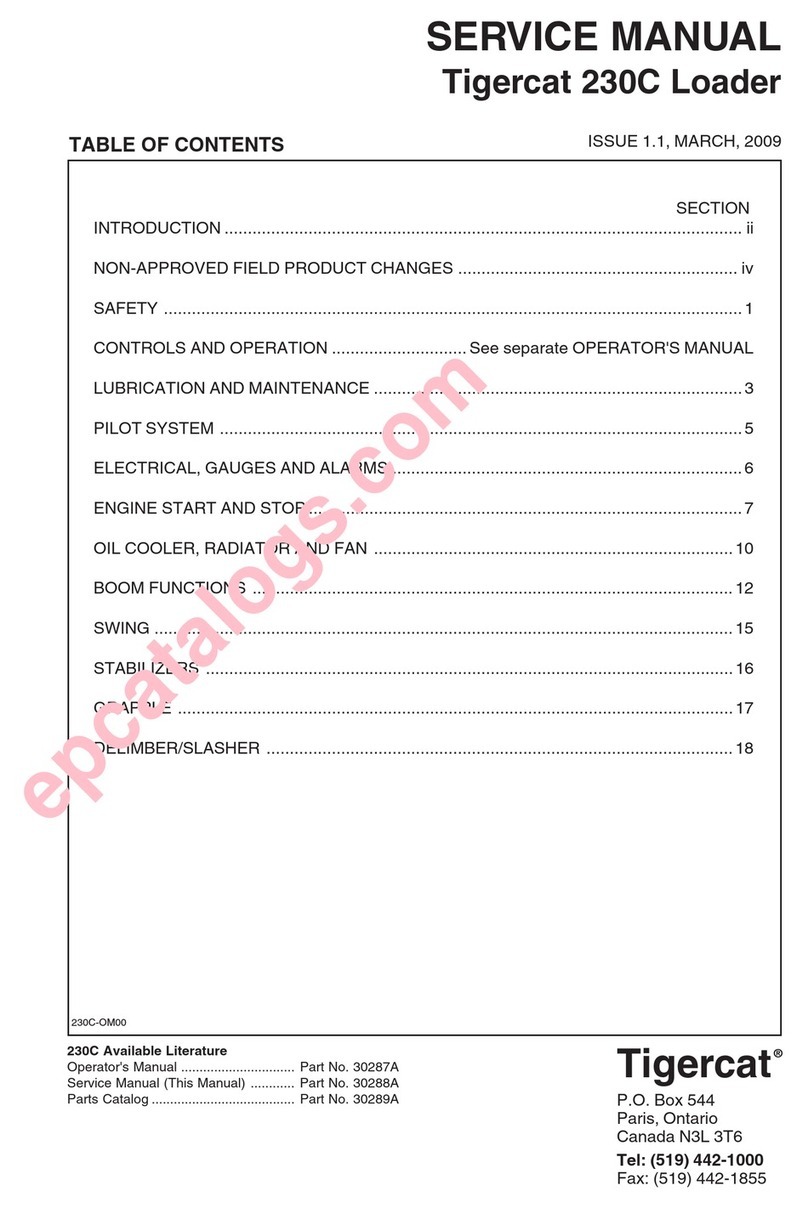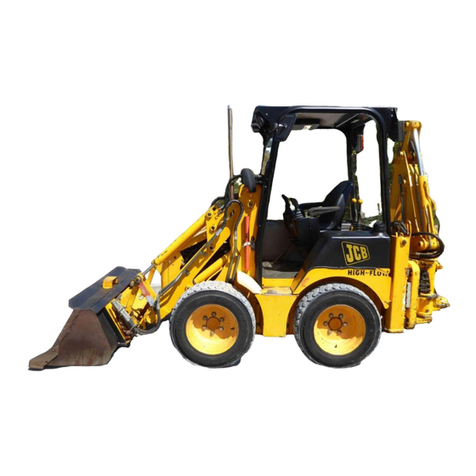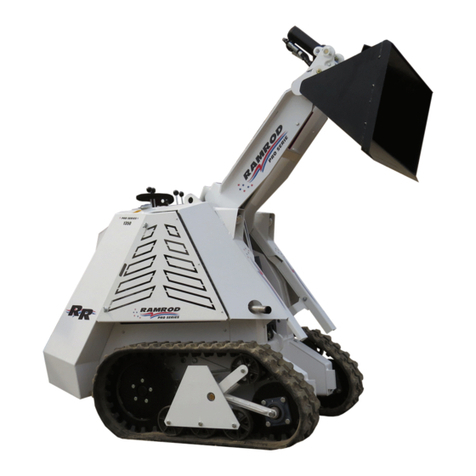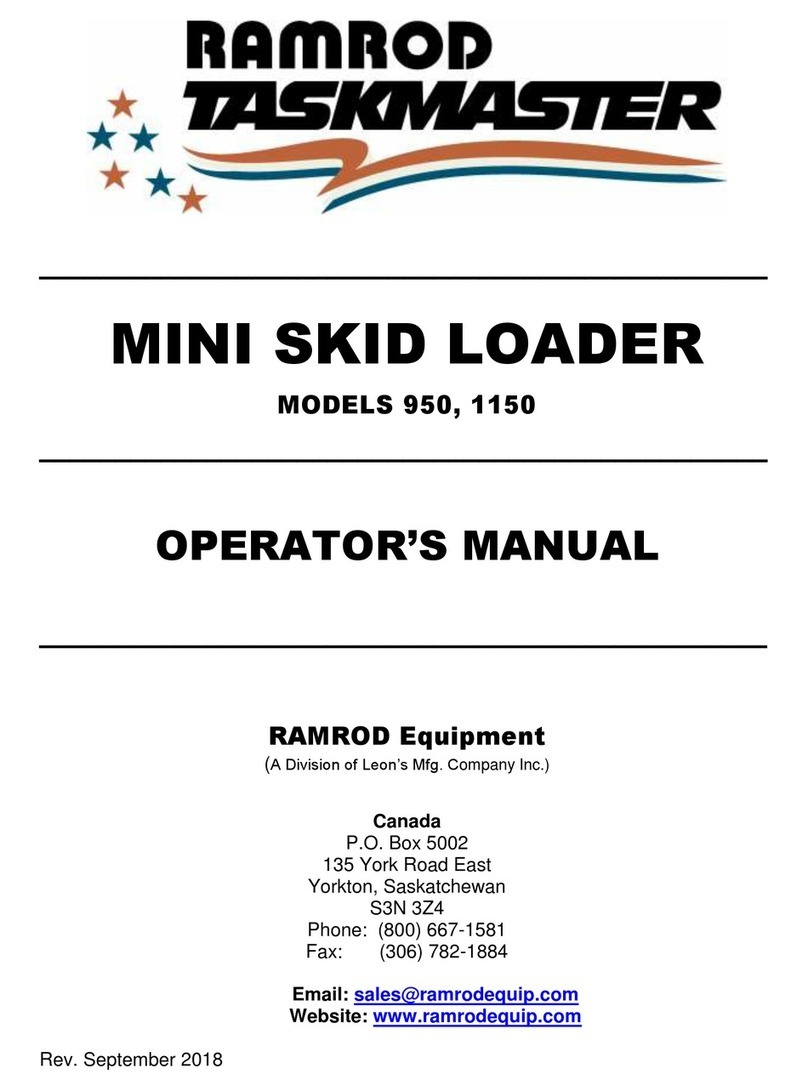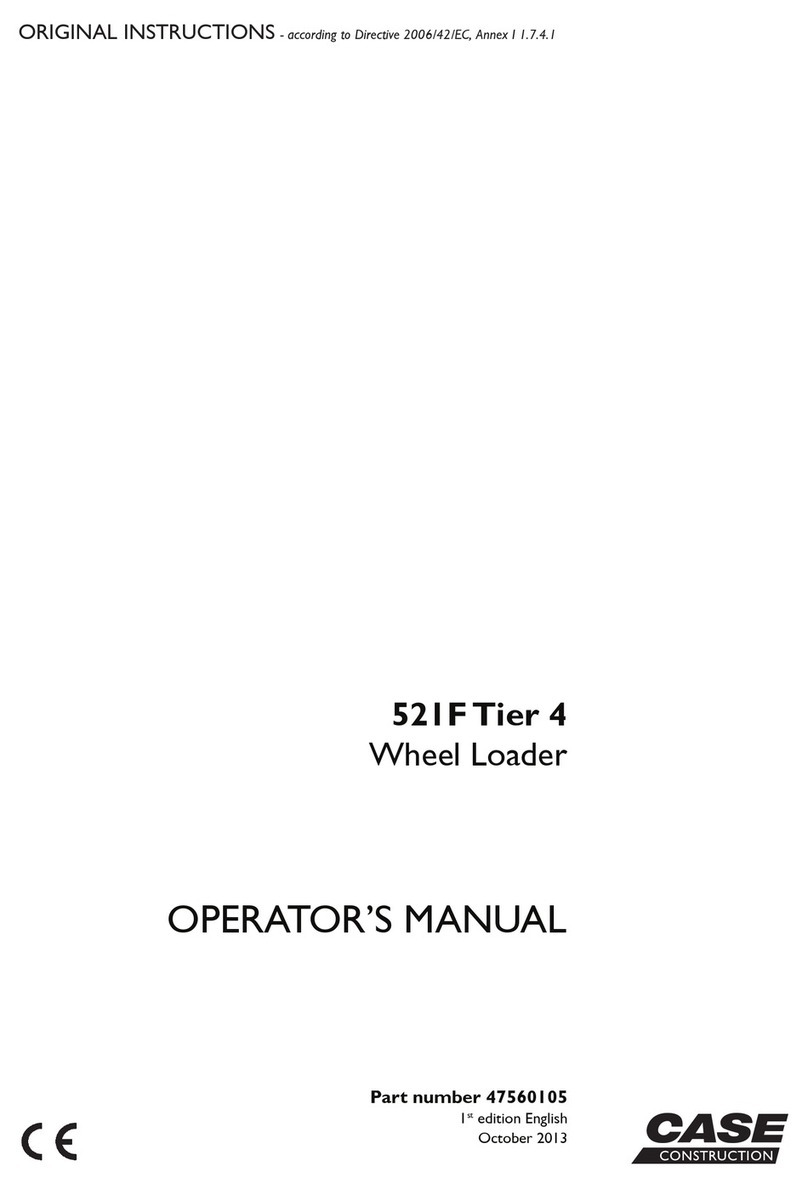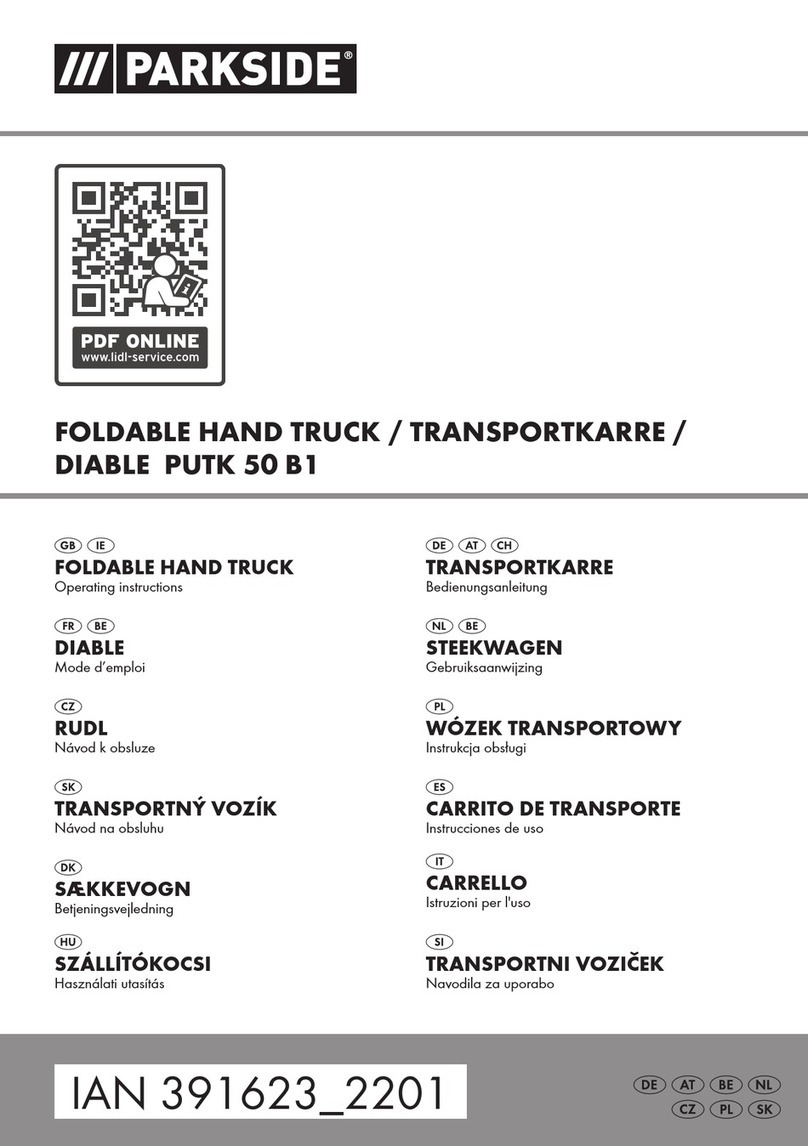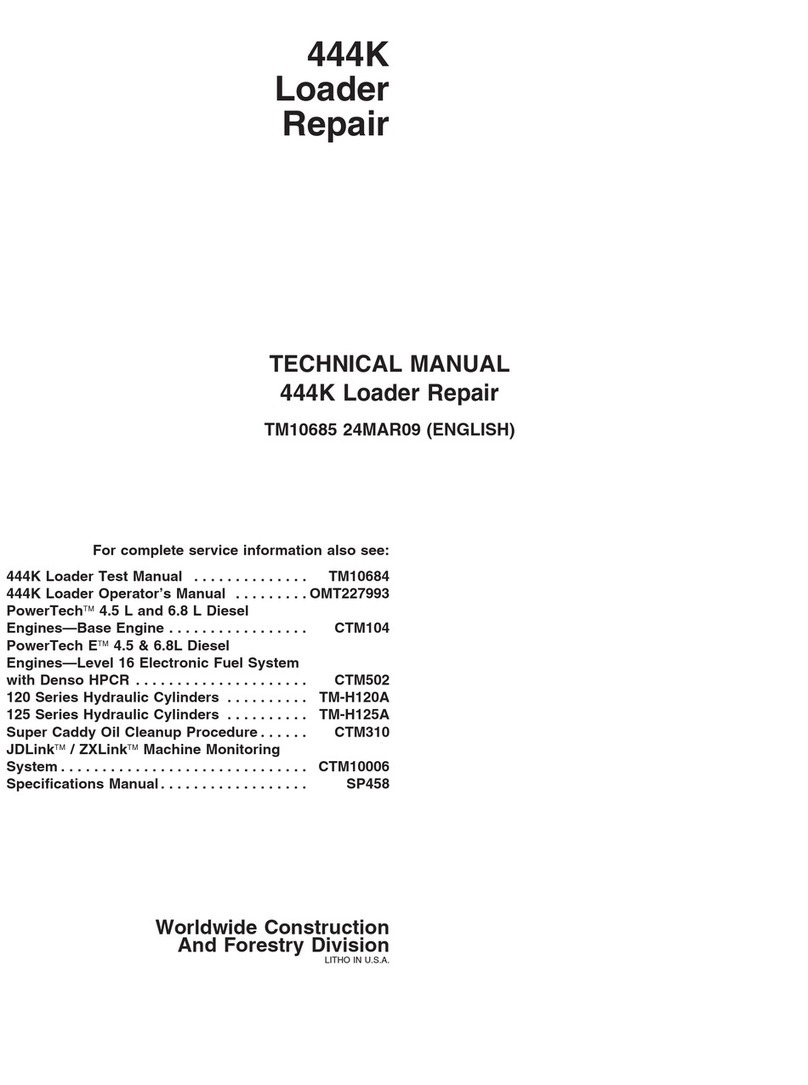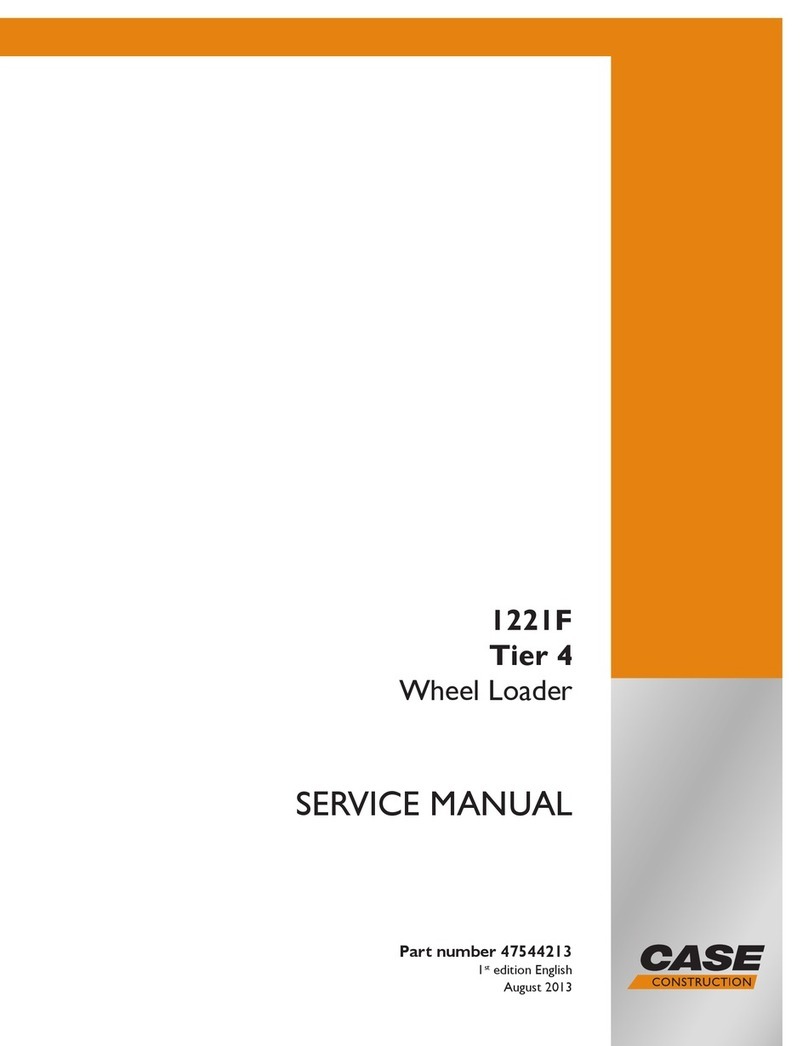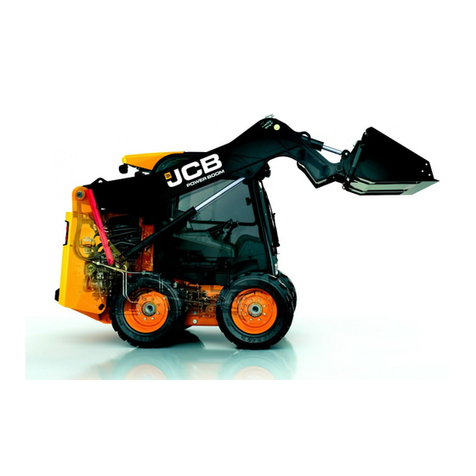
TABLE OF CONTENTS
WA420-3MC0-6
12. OPERATION ............................................................................2-34
12.1 CHECKS BEFORE STARTING ......................................................2-34
12.1.1 WALK AROUND CHECK .......................................................2-34
12.1.2 CHECK BEFORE STARTING ....................................................2-37
12.1.3 ADJUSTMENT BEFORE OPERATION ............................................2-42
12.1.4 OPERATIONS AND CHECKS BEFORE STARTING ENGINE ..........................2-45
12.2 STARTING ENGINE ...............................................................2-47
12.2.1 COLD WEATHER STARTING ...................................................2-48
12.3 OPERATIONS AND CHECKS AFTER STARTING ENGINE ...............................2-49
12.4 MOVING MACHINE ...............................................................2-50
12.5 CHANGING GEARS ..............................................................2-52
12.6 CHANGING DIRECTION ...........................................................2-52
12.7 TURNING .......................................................................2-53
12.8 STOPPING MACHINE .............................................................2-54
12.9 OPERATION OF WORK EQUIPMENT ................................................2-55
12.9.1 STANDARD WORK EQUIPMENT CONTROLS .....................................2-55
12.9.2 MONO-LEVER WORK EQUIPMENT CONTROLS ...................................2-57
12.10 WORK POSSIBLE USING WHEEL LOADER...........................................2-58
12.10.1 DIGGING OPERATIONS ........................................................2-58
12.10.2 LEVELING OPERATIONS .......................................................2-61
12.10.3 PUSHING OPERATION ........................................................2-61
12.10.4 LOAD AND CARRY OPERATIONS ...............................................2-61
12.10.5 LOADING OPERATIONS .......................................................2-62
12.11 PRECAUTIONS FOR OPERATION ..................................................2-63
12.11.1 PERMISSIBLE WATER DEPTH ..................................................2-63
12.11.2 IF WHEEL BRAKE DOES NOT WORK ............................................2-63
12.11.3 PRECAUTIONS WHEN DRIVING UP OR DOWN SLOPES ............................2-63
12.11.4 PRECAUTIONS WHEN DRIVING MACHINE .......................................2-64
12.12 ADJUSTING WORK EQUIPMENT POSTURE ..........................................2-65
12.12.1 ADJUSTING BOOM KICKOUT ...................................................2-65
12.12.2 ADJUSTING BUCKET POSITIONER ..............................................2-66
12.12.3 BUCKET LEVEL INDICATOR ....................................................2-66
12.13 PARKING MACHINE ..............................................................2-67
12.14 CHECKS AFTER COMPLETION OF OPERATION ......................................2-68
12.15 STOPPING ENGINE ...............................................................2-68
12.16 CHECK AFTER STOPPING ENGINE .................................................2-69
12.17 LOCKING .......................................................................2-69
12.18 HANDLING THE TIRES ............................................................2-70
12.18.1 PRECAUTIONS WHEN HANDLING TIRES .........................................2-70
12.18.2 TIRE PRESSURE .............................................................2-70
13. TRANSPORTATION .....................................................................2-72
13.1 LOADING AND UNLOADING .......................................................2-72
13.2 PRECAUTIONS FOR LOADING .....................................................2-73
13.3 PRECAUTIONS FOR TRANSPORTATION ............................................2-73
13.4 LIFTING MACHINE ................................................................2-73
13.4.1 LOCATION FOR LIFTING POSITION DECALS......................................2-74
13.4.2 WEIGHT TABLE ..............................................................2-74
13.4.3 LIFTING PROCEDURE .........................................................2-75
14. COLD WEATHER OPERATION ............................................................2-76
14.1 PRECAUTIONS FOR LOW TEMPERATURE ..........................................2-76
14.1.1 FUEL AND LUBRICANTS .......................................................2-76
14.1.2 COOLANT ...................................................................2-76
14.1.3 BATTERY ....................................................................2-76
14.2 PRECAUTIONS AFTER COMPLETION OF WORK ..................................2-77
14.3 AFTER COLD WEATHER .......................................................2-77
15. LONG TERM STORAGE ..................................................................2-78
Find manuals at https://best-manuals.com




